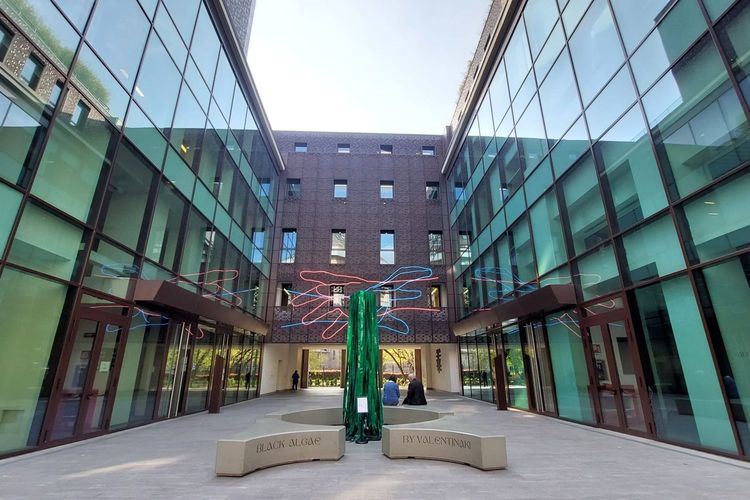
One Ocean Foundation launches a new important partnership with NATO’s Center for Marine Research and Experimentation (NATO CMRE STO) with more than 60 years of experience in underwater research and over 20 years of involvement in cetacean research.
Together, a new research project will be implemented within the perimeter of the “Canyon of Caprera” aimed at complementing the visual based cetacean survey suggested and implemented by SEA-ME Sardinia Onlus through acoustic analysis, increasing the scientific value of the research.
Analysis based on studies carried out by the SEAME Sardinia Onlus will be integrated, an association carrying out multiyear research on the pelagic cetaceans present in the marine area covering approximately 4,000 km2 between 15 and 30 miles from Capo Ferro, in the Costa Smeralda. From 2019, One Ocean has been supporting the basic research on cetaceans carried out by SEAME in the Canyon of Caprera, and their 10 years of studies have shown that the area is regularly frequented by seven of the eight species considered to be regularly present in the western Mediterranean: the common whale, sperm whale, Cuvier’s whale, grampus, common dolphin, striped dolphin, and bottlenose dolphin.
The new research project will support the primary objective to have the “Canyon of Caprera” area be recognized as Important Marine Mammal Area (IMMA) by demonstrating the importance of the area for foraging of deep-diving cetaceans.
From 2019, One Ocean has been supporting the basic research on cetaceans carried out by SEAME in the Canyon of Caprera, and their 10 years of studies have shown that the area is regularly frequented by seven of the eight species considered to be regularly present in the western Mediterranean.
Project objectives
Describe temporal and spatial off-shore habitats usage by deep diving cetaceans (sperm and beaked whales) in connection to acoustic activity of off-shore dolphins (e.g.: striped dolphins).
Educate society on importance of acoustic ecology and the need to minimize acoustic disturbance in the open ocean through education activities for the public and in schools.
Develop autonomous research tools that improve the knowledge on deep-diving cetaceans behavior supporting the mitigation of the impact of anthropogenic noise on cetaceans.
Project target
The primary target species are Sperm and Cuvier’s beaked whales and their behavior will be analyzed in context with acoustic activities and presence of other cetaceans.
Particular interest will be given to understanding whether foraging deep diving cetaceans forage independently to other animals or whether they coordinate their foraging behavior.
Research methodology
This project consists of the performance of acoustic surveys around the deep-sea “Canyon di Caprera” by deploying autonomous acoustic recorders to guarantee data collection in absence of human presence, hence allowing for data collection over a longer period of time and in remote areas.
Specifically, research will be carried out through smart acoustic cetacean observation by using 3D directional acoustic sensors. In addition, smart data storage will be implemented to extend the storage capability of the recorders.
Project timeline
The project will be carried out in three steps:
Construction of deep-sea capable 3D directional acoustic cetacean recorders
Deployment of 3 deep bottom moored recorders around the “Canyon of Caprera” for about 3 months
Analysis on acoustic data after retrieval of the recorders
Actual deployment is expected to take place in the period May-July 2021. Following the analysis phase, the acoustic data will be made available to the public.


